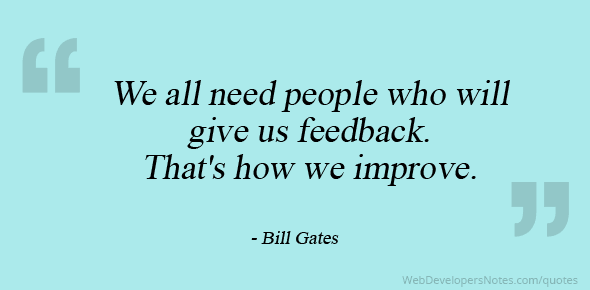 May I have your attention please? This is what we are saying when we add an announcement to an online course. Typically, the announcement tool is used for reminders, deadlines, or other key pieces of information. Announcements are quick, efficient statements meant to get the point across in just a few words.
May I have your attention please? This is what we are saying when we add an announcement to an online course. Typically, the announcement tool is used for reminders, deadlines, or other key pieces of information. Announcements are quick, efficient statements meant to get the point across in just a few words.
But have you considered using the announcement tool to promote instructor presence? As Arbaugh (2010) noted, “Instructor presence is a positive predictor of perceived learning and student satisfaction.” Students want instructors that are engaged or present in the course (Eom, Wen & Ashill, 2006). This is easy to achieve in a face-to-face classroom, where students can see the instructor, ask questions, and get immediate feedback. Achieving this can be difficult for online instructors, though. Given the 24/7 nature of the online classroom, engaging with students in a timely, effective, and efficient manner can seem time consuming and sometimes daunting to instructors. The announcement tool is an effective and efficient way for instructors to remind students they are on hand and involved.
Try using the announcement tool to summarize the week’s activities or discussions and provide insight into content. Or maybe use it to point out key topics and notable student discourse. These are just a couple of great strategies for maintaining presence in your course without feeling you have to participate in every discussion post.
-Cyndie M McCarley
References:
Arbaugh, J. (2010). Sage, guide, both, or even more? An examination of instructor activity in online MBA courses. Computers & Education., 55(3), 1234–1244.
Eom, S. B., Wen, H. J., & Ashill, N. (2006). The Determinants of Students’ Perceived Learning Outcomes and Satisfaction in University Online Education: An Empirical Investigation*. Decision Sciences Journal of Innovative Education, 4(2), 215–235.

 May I have your attention please? This is what we are saying when we add an announcement to an online course. Typically, the announcement tool is used for reminders, deadlines, or other key pieces of information. Announcements are quick, efficient statements meant to get the point across in just a few words.
May I have your attention please? This is what we are saying when we add an announcement to an online course. Typically, the announcement tool is used for reminders, deadlines, or other key pieces of information. Announcements are quick, efficient statements meant to get the point across in just a few words.



 Part 1 – gather at least 10 personal possessions that reflects activities, interests, or personal biography. Students are reminded that even the most mundane objects are perfect because it’s those everyday things that archeologists often find. Describe the items in detail and give a context as to where the items are kept. For example, a backpack or a purse with these items in it, and where in it, would work well.
Part 1 – gather at least 10 personal possessions that reflects activities, interests, or personal biography. Students are reminded that even the most mundane objects are perfect because it’s those everyday things that archeologists often find. Describe the items in detail and give a context as to where the items are kept. For example, a backpack or a purse with these items in it, and where in it, would work well.

